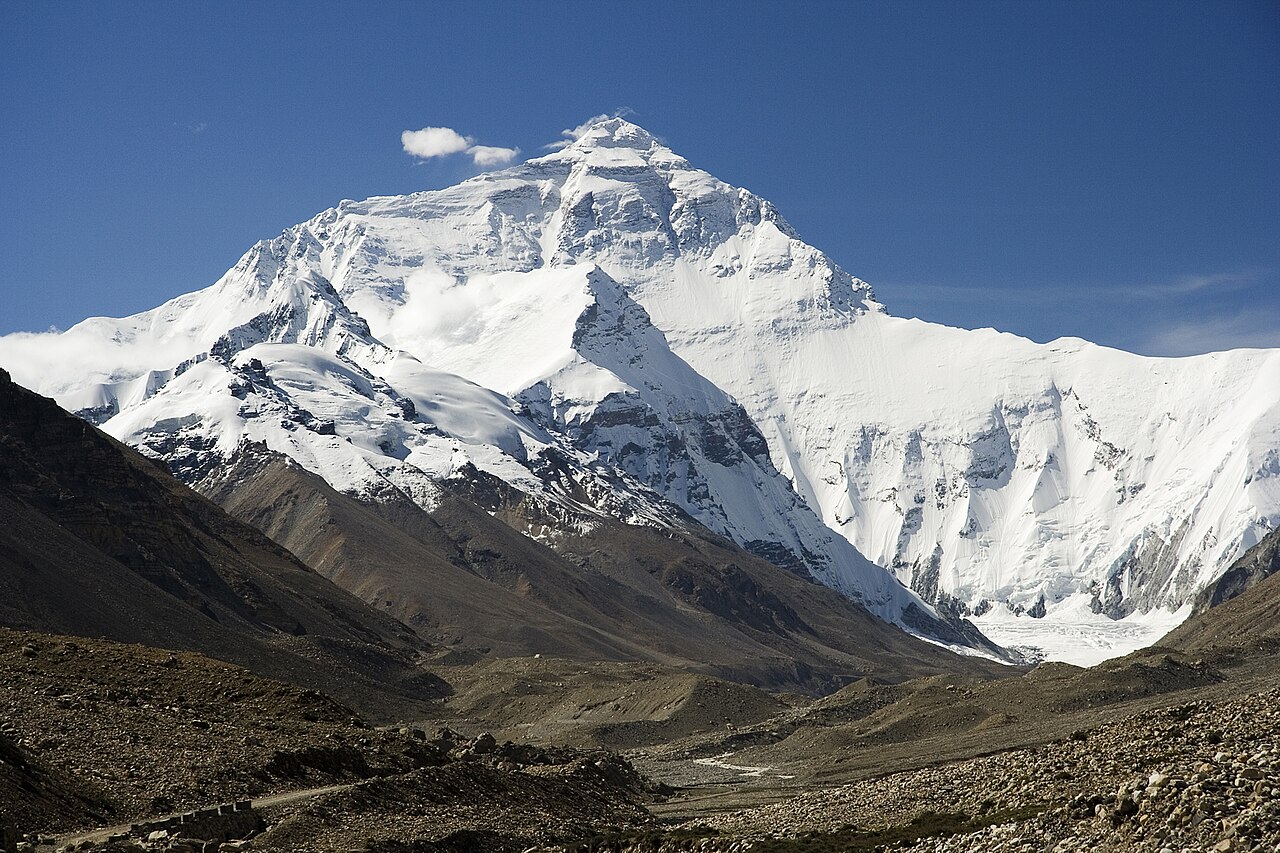With the 2015 spring climbing season in the Himalaya still there months off, there remains a lot of uncertainty surrounding Everest. Following the unprecedented shutdown of the mountain last spring – when an avalanche claimed the lives of 16 Sherpas – politics have played a significant role in governing the future of climbing on the world’s tallest peak. This year, commercial teams will return to the mountain, but not without a degree of trepidation as to how the season will unfold.
With this in mind, Alan Arnette has posted another excellent article to his blog that takes a look at the shifting attitudes of climbers and guides heading to Everest this spring. In putting this article together, Alan reached out to some of the top operators on the mountain to gauge their feelings about what to expect in a few months time. Some were very candid in their response, while others spoke off the record. By compiling those responses, Alan is able to give us a glimpse of the season ahead.
I won’t spoil the entire article here, as I think it is important that you read it in its entirety. I will point out some of the larger factors that will be impacting the season ahead however. For instance, there still seems to be a lot of uncertainty amongst the guides as to how things will unfold this year. So much so, that the Peak Freaks, one of the top operators on the mountain, have decided to cancel their 2015 and 2016 expeditions to Everest. Others have decided to move to the North Side in Tibet, where they’ll be out from under the control of the Nepalese government. These include Alpenglow, who will take 8 clients to the Chinese side of the mountain this spring. It should be noted that Himex had intended to guide an expedition from that side as well, but didn’t have any clients elect to climb from the North.
The teams climbing from the South will take a new route through the treacherous Khumbu Icefall this year. This will hopefully eliminate some of the danger and cut down on the amount of time spent in that area. The Sherpas that were killed last spring were passing through the icefall when the avalanche occurred, and the hope is that this new route will be safer all around. The teams are also looking at ways to reduce the number of trips required through the icefall as well, potentially using helicopters to help shuttle gear, although the Nepalese government has been reluctant to allow that in the past.
There is some ongoing debate as to whether or not the North Side is safer than the South. Most of the guides that Alan spoke to didn’t feel that was the case, but a few did. The prevailing feeling is that there are fewer deaths on that side of the mountain due to the fewer number of climbers. If more teams had to Tibet to climb, the number of fatalities is likely to go up there as well.
Finally, Alan updates readers about the current situation with the canceled climbing permits from 2014. The Nepalese government had originally said that they would honor them for a period of five years, but the entire team would have to return intact, or climbers would lose their ability to use the permit. They have since backpedaled some on that decision, although the final ruling sits with the Cabinet that oversees the country. They have not made a final decision yet, and are considering charging an additional $1000 to each climber to bring the cost of the permits inline with current pricing. Those changes are keeping some of the mountaineers away at the moment while permit issues get sorted out.
As I said, this is a good article that will give you an indication of the current climate that surrounds Everest expeditions. If you’re interested in what is happening there, you’ll definitely want to check out the full article.
- Gear Review: The Xero Scrambler Mid is an Ultralight Hiking Shoe for Spring - March 1, 2023
- Gear Review: Yeti Roadie 48 Wheeled Cooler - August 18, 2022
- Kristin Harila Continues Pursuit of 8000-Meter Speed Record - August 16, 2022
